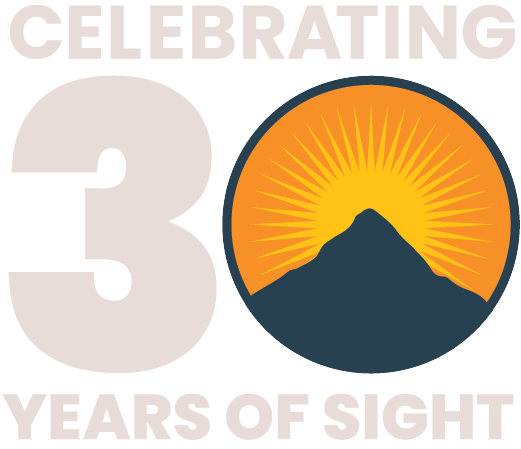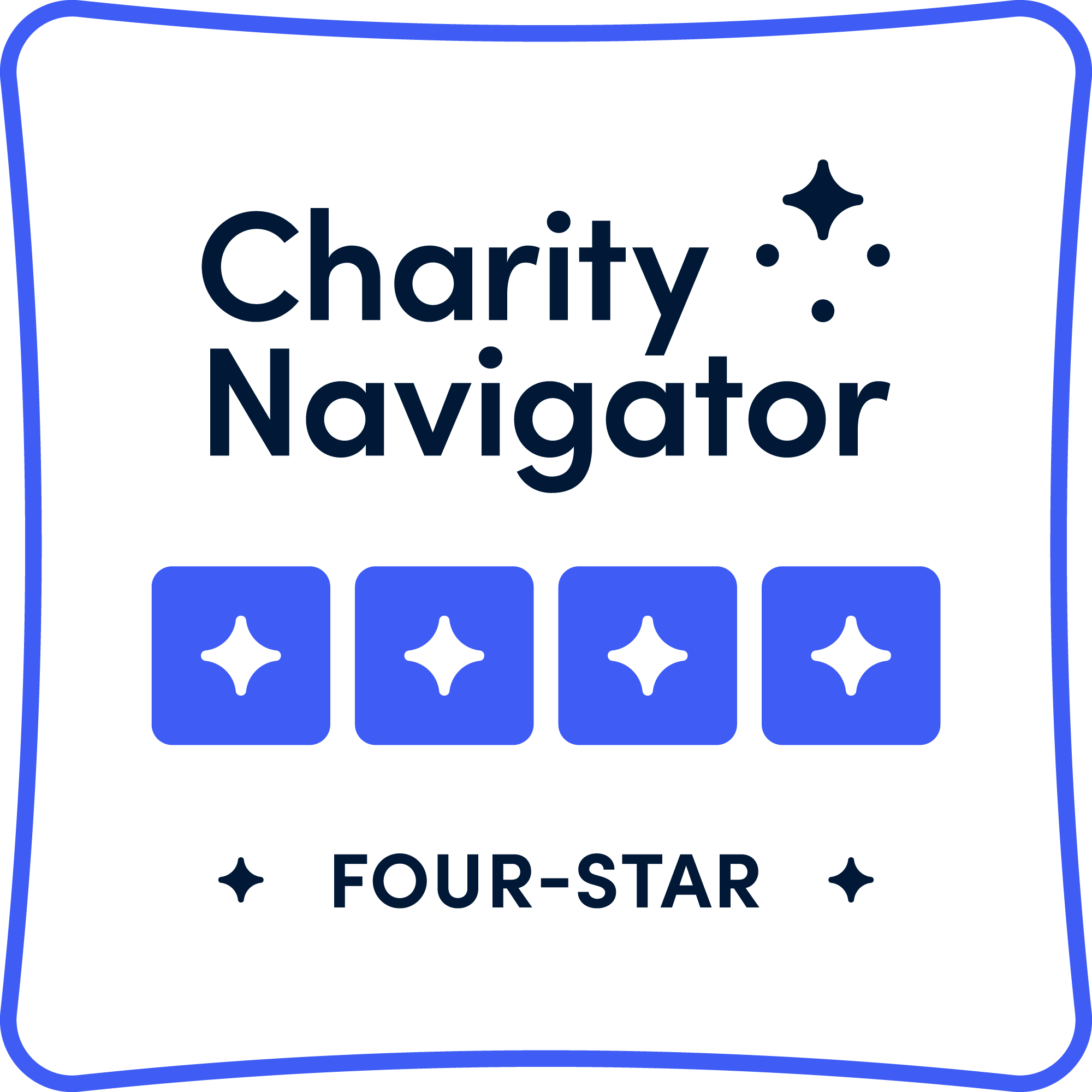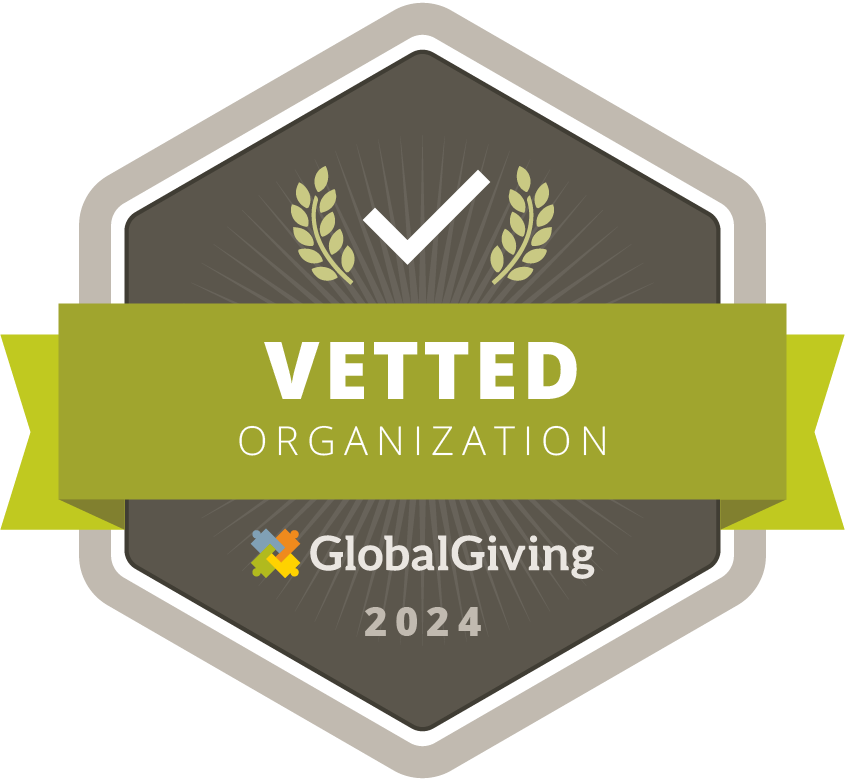Shining a Light on Cataracts: Restoring Vision, Transforming Lives
Imagine watching your life go by through frosted glass. Colors would be dulled, objects blurred, and subtle facial expressions lost to the fog clouding your lenses.
That is what living with cataracts is like – at least until your world goes dark entirely.
Illuminating the Path to Vision Restoration
According to the World Health Organization, cataracts affect approximately 65.2 million people and account for almost half of all blindness.
Cataracts are caused by a gradual build-up of protein on the eye’s lens, which is responsible for focusing light onto the retina. Aging is one cause of cataracts, but they can affect people of any age due to hereditary, nutritional, or other factors.
Without treatment, these proteins can completely obscure one’s vision until it is lost entirely. But cataract surgery offers a ray of hope. In ten minutes, ophthalmologists can replace the cloudy lens with an artificial intraocular lens (IOL) that allows the patient to see clearly once again. Unfortunately, many of the people living with cataracts are in low- to middle-income countries that lack the eye care infrastructure to screen and treat cataracts.
What are symptoms of cataracts?
Those with cataracts may experience some or all of these symptoms.
- Cloudy or blurry vision
- Colors look faded
- Poor night vision
- Lamps, sunlight or headlights seem too bright
- A halo around lights
- Seeing double
- The need to change the prescription for your glasses often

Illuminating the Path to Vision Restoration
In 1995, two visionary eye surgeons recognized the profound impact that such a simple surgery could have in these under-resourced regions. So Cure Blindness Project was born and we set out to eradicate needless blindness – though we couldn’t have done it without your support!
From the remote mountain villages of Phaplu in Nepal to the bustling streets of Woldia, Ethiopia, Cure Blindness Project’s unique approach has focused on building local capacity, ensuring quality infrastructure, enabling effective prevention, and providing quality patient care.
By providing training, equipment and support to healthcare professionals, Cure Blindness Project empowers these individuals to become catalysts for change within their communities. This action-based approach not only restores sight but also creates sustainable practices that can be carried forward for generations to come.

The Impact of 10 Minutes
We remain committed to reaching the least-served populations with the greatest unmet need. Together with an extensive network of partners, Cure Blindness Project has:
- Completed over 1.6 million sight-restoring cataract surgeries, allowing patients to regain their independence and rediscover the world around them.
- Provided more than 16.5 million people with eye screenings and basic treatment, ensuring early detection and intervention.
- Trained over 20,100 eye care professionals – including 552 ophthalmologists – from 43 countries, ensuring local access to eye care.
- Established five training eye hospitals and institutions, serving as centers of excellence in their respective regions.
In the coming year, we look forward to expanding our reach and magnifying our impact thanks to Cure Blindness Project’ recent acquisition of SightLife International, an organization dedicated to addressing corneal disease. This will not only enhance the quality of care we can provide but also expand our reach to include India, a country with immense potential to make a difference.
Will cataracts go away?
No, cataracts are progressive. Without treatment, one’s vision will continue to deteriorate. In the case of age-related cataracts, the condition usually progresses slowly over a number of months or years. Cataracts that go untreated will look milky and significantly compromise sight. The final stage of cataracts will completely obscure vision. Without treatment at this stage, one may experience inflammation and pressure within the eye that could damage the optic nerve, a condition known as glaucoma.
Who is at risk?
The short answer is anyone. According to the World Health Organization, cataracts affect approximately 65.2 million people and cause moderate to severe vision loss in over 80% cases.
What treatments are available?
The most effective treatment involves a 10-minute surgery that uses a microscopic incision to remove the cataract (protein buildup) and implant a foldable intraocular lens to replace the clouded lens. Recovery lasts
What can I do to prevent them?
While there’s no way to completely prevent cataracts, the National Eye Institute recommends taking proactive steps to lower one’s risk.
- Wear sunglasses and a hat with a brim to block the sun.
- Avoid or quit smoking.
- Eat a healthy diet that includes dark, leafy greens like spinach, kale and collard greens.
- Get a dilated eye exam once every two years.
On behalf of Cure Blindness Project and all of our partners, we are so grateful for your partnership as we continue to innovate and advance global eye care.
Donate today and help us create a world in which no one is needlessly blind.




